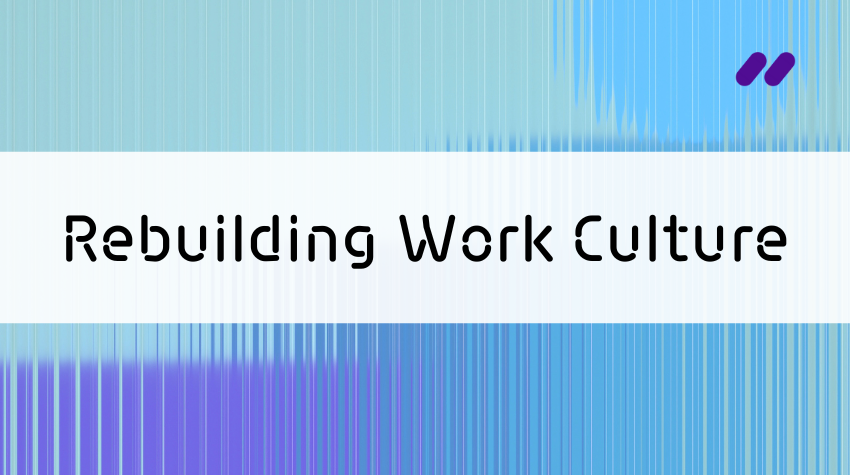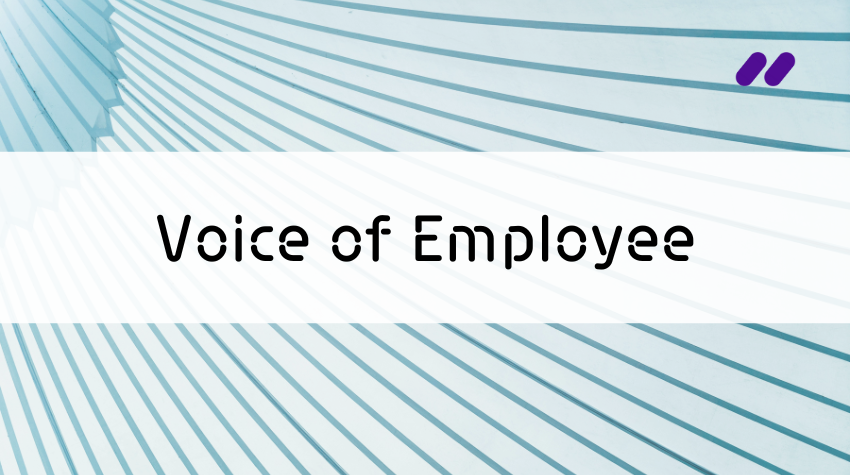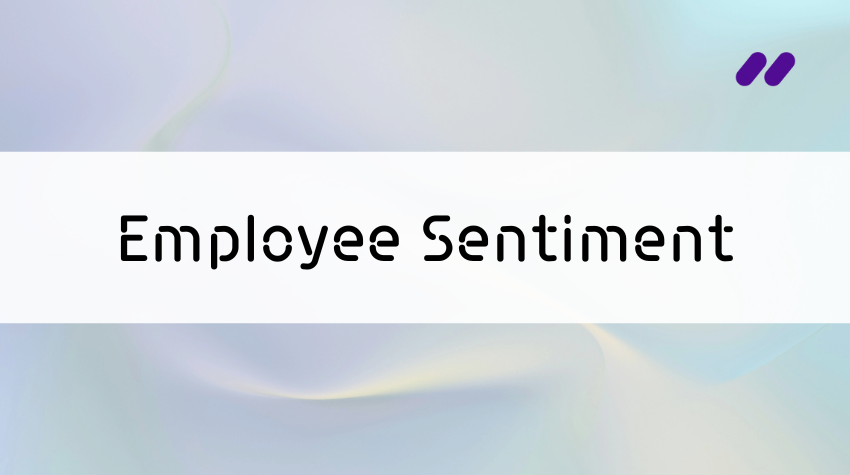In the wake of the global pandemic, the workforce landscape has undergone a profound transformation, presenting both challenges and opportunities for companies. The rapid adoption of remote work has revolutionized the way we work, offering flexibility and work-life balance to employees.
However, concerns have arisen regarding collaboration and supervision in this new paradigm, especially in light of economic pressures. With businesses striving to maintain productivity while reducing costs, HR professionals are tasked with navigating the complexities of the evolving workplace.
The State of HR in 2024
According to a recent Gartner report, HR professionals in 2024 will need to focus on reinforcing trust between employers and leaders, embracing emerging technologies, and rethinking recruitment and career advancement strategies.
To successfully reshape company culture, it is essential to reinforce trust between employees and leaders.
At the heart of these priorities lies the essential element of company culture. Rebuilding and nurturing company culture in a dispersed or hybrid work environment is a formidable task. As much as 47% of HR leaders are uncertain about how to drive change and achieve the desired culture.
However, with the wealth of digital data available through communication channels like emails, chat logs, and virtual meetings, organizations now have the opportunity to employ a data-driven approach to understand employee realities and concerns. This data can help design effective workflows and processes that significantly impact employee engagement and productivity.
Feedback Loop is a Cornerstone of Successful Culture Rebuilding
To successfully reshape company culture, it is essential to reinforce trust between employees and leaders. Healthy communication is the first step towards achieving this milestone. One best practice recognized by communication experts is the feedback loop.
In the context of HR, this can be achieved through an employee feedback loop, which involves collecting, analyzing, and responding to employee feedback. The feedback loop typically consists of four stages:
1. Gathering Feedback: This stage involves collecting feedback from employees through surveys, interviews, meetings, and other communication channels. NPS/CSAT surveys, as well as open-ended questions, are valuable tools for building an information base that helps understand employees’ expectations and demands.
2. Analysis: The collected feedback is examined to identify trends, patterns, and areas of concern or improvement. Text and sentiment analysis tools play a significant role in extracting meaningful insights from unstructured feedback.
3. Action Planning: HR leaders and managers collaborate to develop action plans that address identified issues, capitalize on strengths, and make improvements. Solid cases backed by anonymized employee feedback and reviews are crucial for gaining stakeholder buy-in and measuring the impact of proposed changes.
4. Implementation: HR leaders put the established action plans into practice, maintaining open communication to ensure understanding and execution of changes.
Closing the loop involves collecting feedback on implemented changes to assess their impact and effectiveness. This step strengthens the communication cycle between the organization and its employees.
Harnessing Text Analytics to Strengthen the Feedback Loop
Text analytics, also known as text mining or natural language processing, is a technology that extracts valuable insights and patterns from unstructured textual data. HR leaders can leverage text analytics to gain a deeper understanding of employees and various aspects of the workplace. Text analytics can help in:
1. Understanding Employee Engagement: By analyzing text data, HR leaders can identify patterns in successful or unsuccessful hires, explore engagement trends, and pinpoint levels of engagement. This understanding allows for the creation of customized professional development strategies.
Categorizing feedback into themes or topics provides a structured understanding of employee concerns and allows for strategic interventions.
2. Implementing Big Data in Decision Making: Gartner’s report highlights the increasing reliance on big data to understand employee engagement and satisfaction. Text analytics plays a pivotal role in effectively integrating big data into the decision-making process.
3. Enhancing the Feedback Loop: Text analytics automates the analysis of unstructured text data, such as employee feedback, surveys, and reviews. It aids in sentiment analysis, highlighting emotional tones and overall employee sentiment. Categorizing feedback into themes or topics provides a structured understanding of employee concerns and allows for strategic interventions.
4. Personalizing Feedback: Text analytics can tailor feedback responses based on individual preferences and sentiments expressed by employees. This personalization fosters stronger connections and demonstrates active listening from HR professionals.
The integration of text analytics in the feedback loop for HR not only facilitates the gathering of insights, but enhances the depth and precision of analysis. This data-driven approach empowers HR professionals to make informed decisions, foster a positive workplace culture, and continually optimize employee experiences. This is how companies can thrive in the new world of work and build a resilient and engaged workforce.





